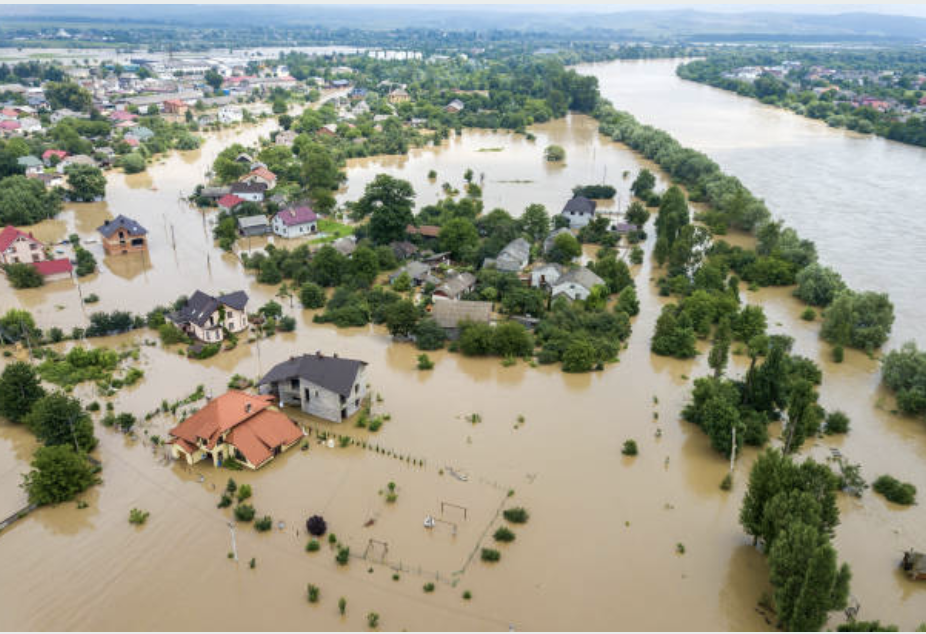
CASE STUDY
Large-scale flood modelling demands a quantum solution
- Flooding – at $105 billion – is one of the biggest extreme weather perils by economic loss.
- The goal is to make flood risk assessment and management more accurate and efficient.
- OQC will supply the quantum hardware, and Moody’s will contribute industry expertise and data insights.

Katy Alexander
MARKETING DIRECTOR
Katy is the Marketing Director at OQC. Prior to joining OQC, she developed and scaled marketing and analytics functions for startups and large listed companies. Passionate about using data to guide strategic decisions, Katy’s unique blend of analytical rigour and creative expression enables her to tackle diverse challenges effectively. In her spare time, she champions diversity in STEM through the creation of games and education resources for primary schools.

As climate change impacts the frequency and severity of flooding across the globe, the impact is catastrophic, immediate and measurable. Flooding – at $105 billion – was the biggest extreme weather peril by economic loss in 2020. These events are often unpredictable, making it hard to prepare for or mitigate their effects.
Flooding cost the UK £333 million in economic losses between Nov 2019 and March 2020.
There are many data sources available to improve flood prediction and disaster mitigation but organisations face constraints imposed by limitations of classical compute. A team of subject matter experts, which includes Multiverse Computing, Moody’s Analytics, and with support from OQC, recently conducted a technical feasibility study to explore more sophisticated techniques using quantum computing, paving the way for more accurate and efficient flood risk assessment and management.
Shallow Water Equations (SWE) are a set of hyperbolic partial differential equations that describe the behaviour of water. They are used to model water flow in rivers, oceans, and other bodies of water. SWEs can be used to predict tides, storm surge levels, and coastline changes from hurricanes and ocean currents. This involves creating computer-based models incorporating various factors, ranging from simplified models to more complex ones that consider flooding through the use of multiple factors. The computational cost of running such simulations over large areas poses limitations.
Join our newsletter for more articles like this
By clicking ‘sign up’ you’re confirming that you agree with our Terms & Conditions


